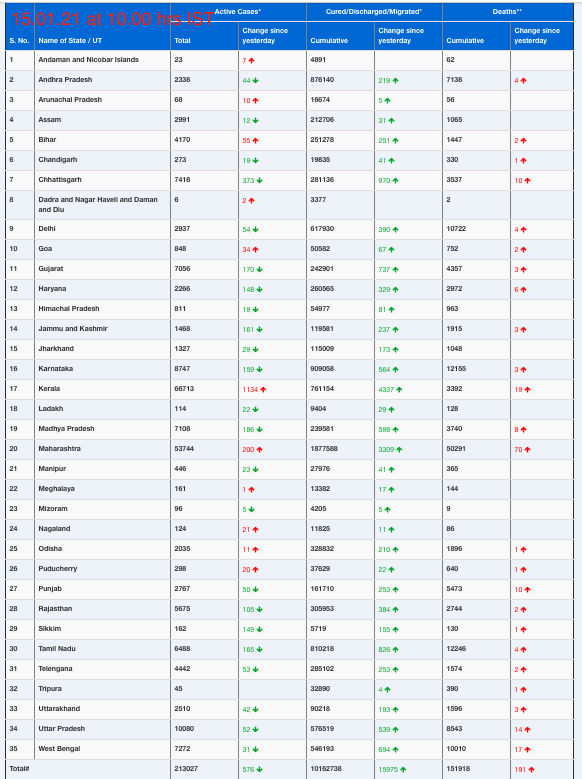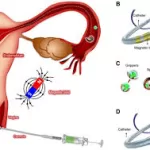Over the past decade, tremendous progress has been made in addressing pathogenic viruses. Based on experiences so far, HTLV-1 transmission, incidence and morbidity can be reduced considerably by incorporating HTLV-1 control measures into existing global disease control interventions and public health strategies. Recognizing this as an opportunity for disease control, Dr Meg Doherty, Director of WHO’s Department of Global HIV, Hepatitis and STI Programmes said, “controlling the transmission of HTLV-1 infections can reduce the disease burden of this underrecognized virus. Efforts to integrate HTLV-1 control measures into existing HIV and STIs interventions would go a long way in reducing the burden of HTLV-1”.
HTLV-1 control measures
The evidence presented in the technical report outlines certain approaches which can be integrated into existing country efforts, namely HTLV-1 testing into antenatal care, cessation of breastfeeding, blood testing in transfusion clinics, and condom promotion among other prevention measures.
Many interventions are already known to be very effective. HTLV-1 testing should be included in blood safety testing panels. Surveillance of blood safety testing can be used as proxy indicators of ongoing HTLV-1 prevalence globally. Testing approaches and strategies for HTLV-1 detection that are appropriate to the setting and purpose should be developed and incorporated into health sector diagnostic algorithms and referral protocols.
Specific research and assessments to define the risk of HTLV-1 transmission associated with the duration of breastfeeding are needed to develop public health programmes for the elimination of mother-to-child transmission. Vaccination strategies are expected to be useful in endemic settings as a primary prevention strategy.
In addition to prevention strategies, innovations in viral disease control will help improve the management of HTLV-1 infection. These include better technologies for testing and treatment, future vaccine development, instituting standard approaches for measuring disease burden and more widespread adoption of ongoing monitoring and surveillance, including instituting new digital tools.
With the support and commitment of member states, WHO will continue to monitor the landscape of HTLV-1 infection, its transmission and disease syndromes. WHO encourages countries who have already incorporated HTLV-1 prevention interventions into relevant clinical, service delivery and programmatic guidance and policies, to analyse and present the results of such public health interventions. A number of new interventions would be assessed for added benefit in reducing transmission and onward morbidity and mortality if implemented on a national or global scale.











